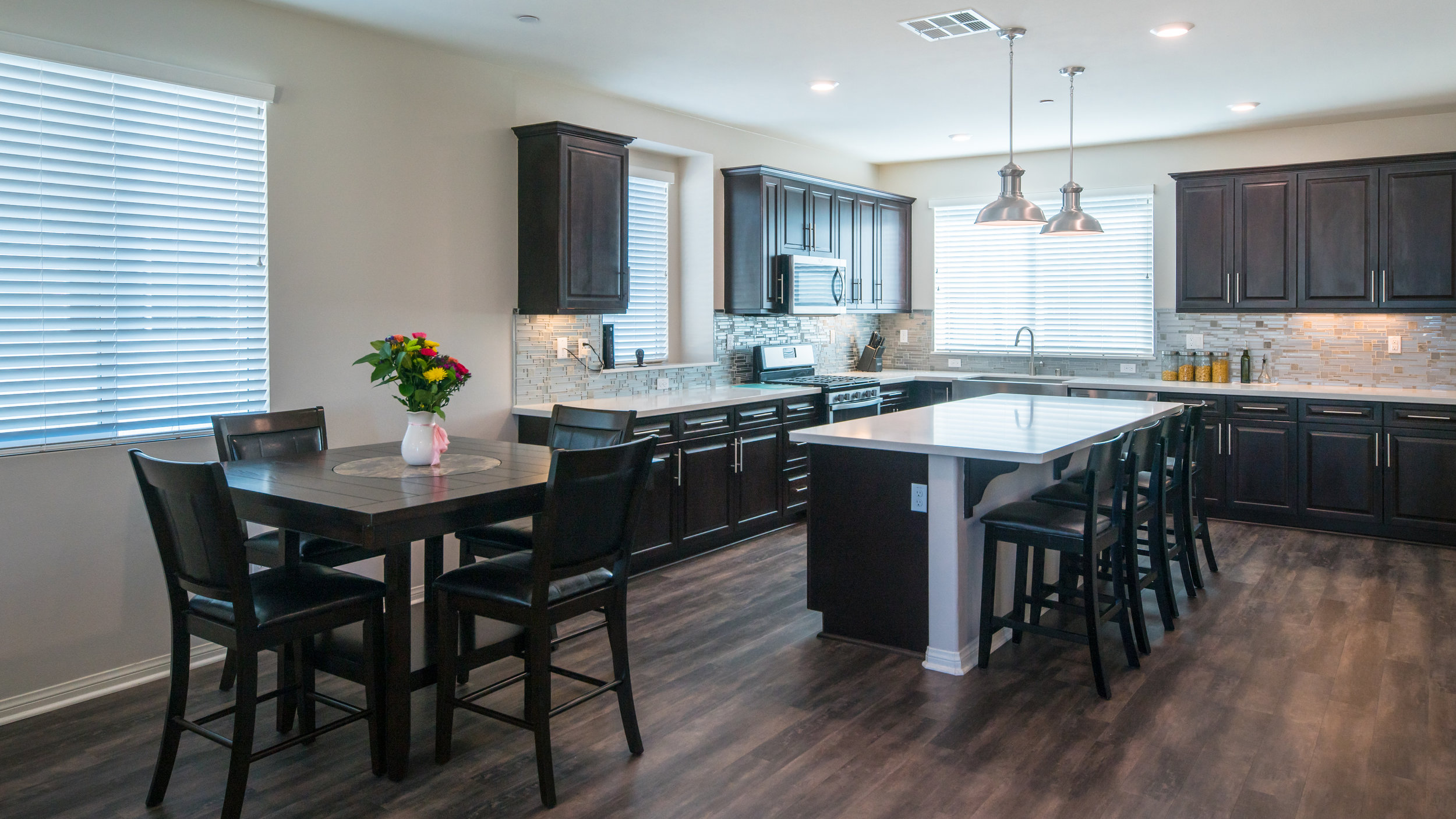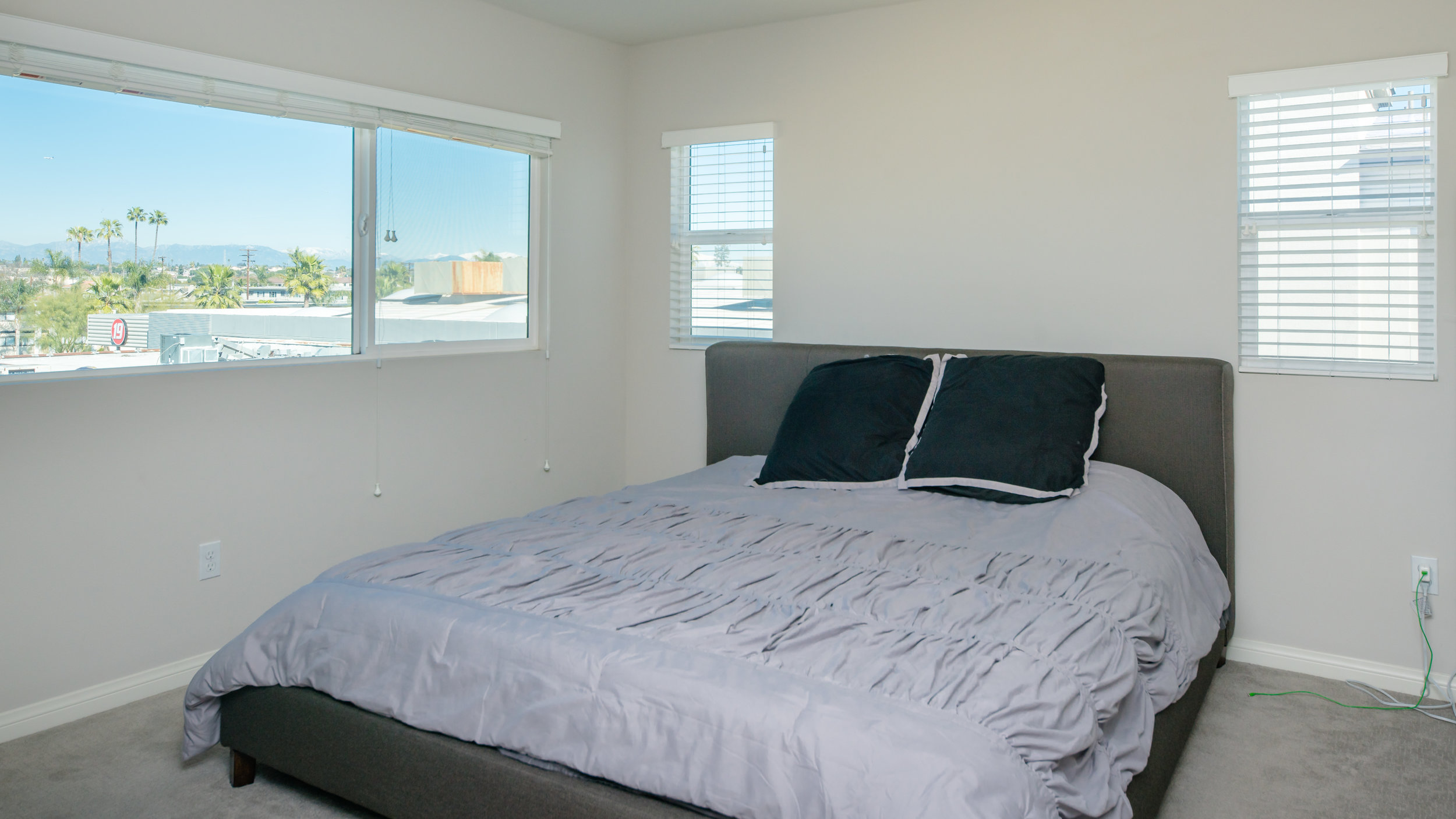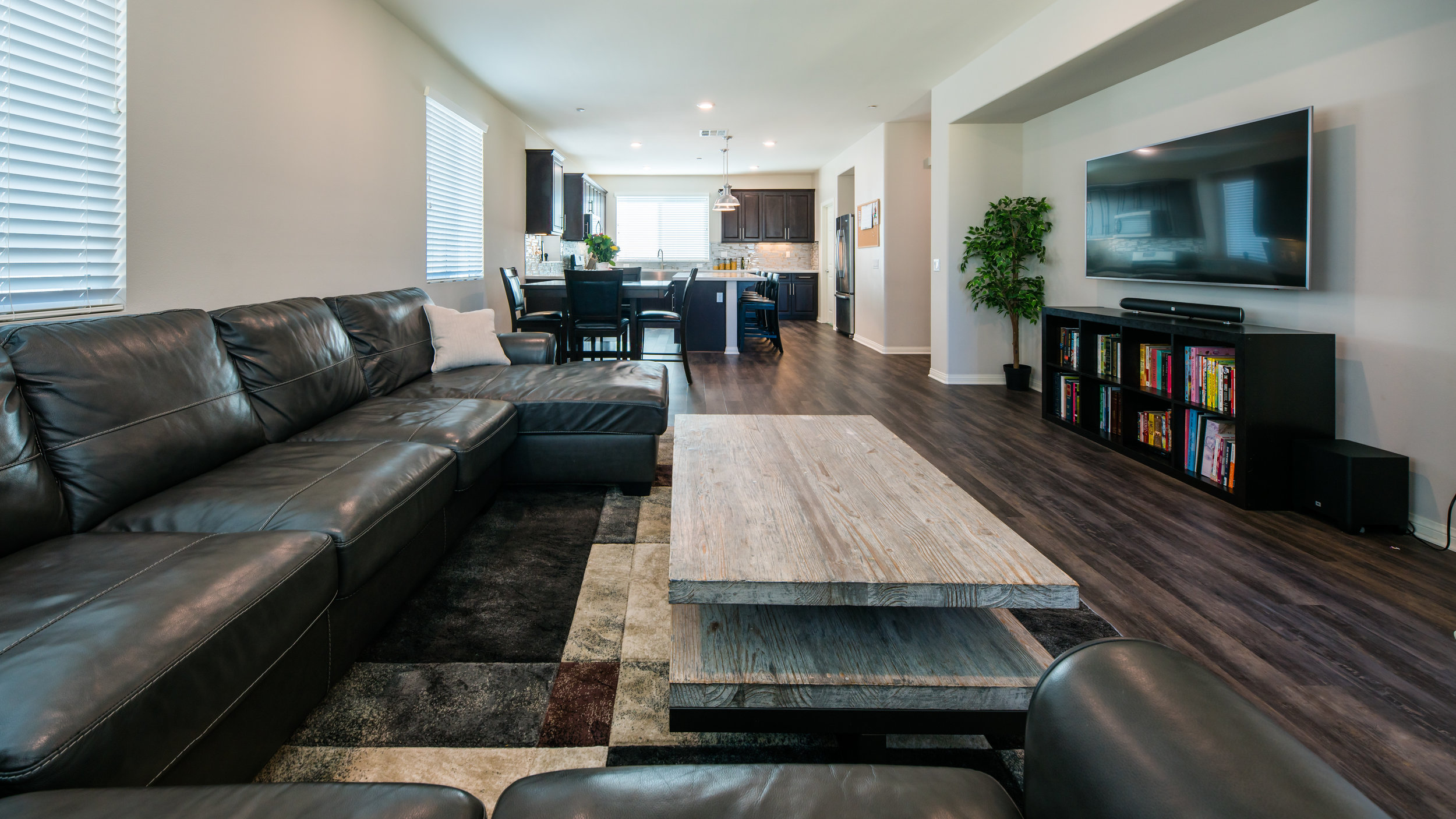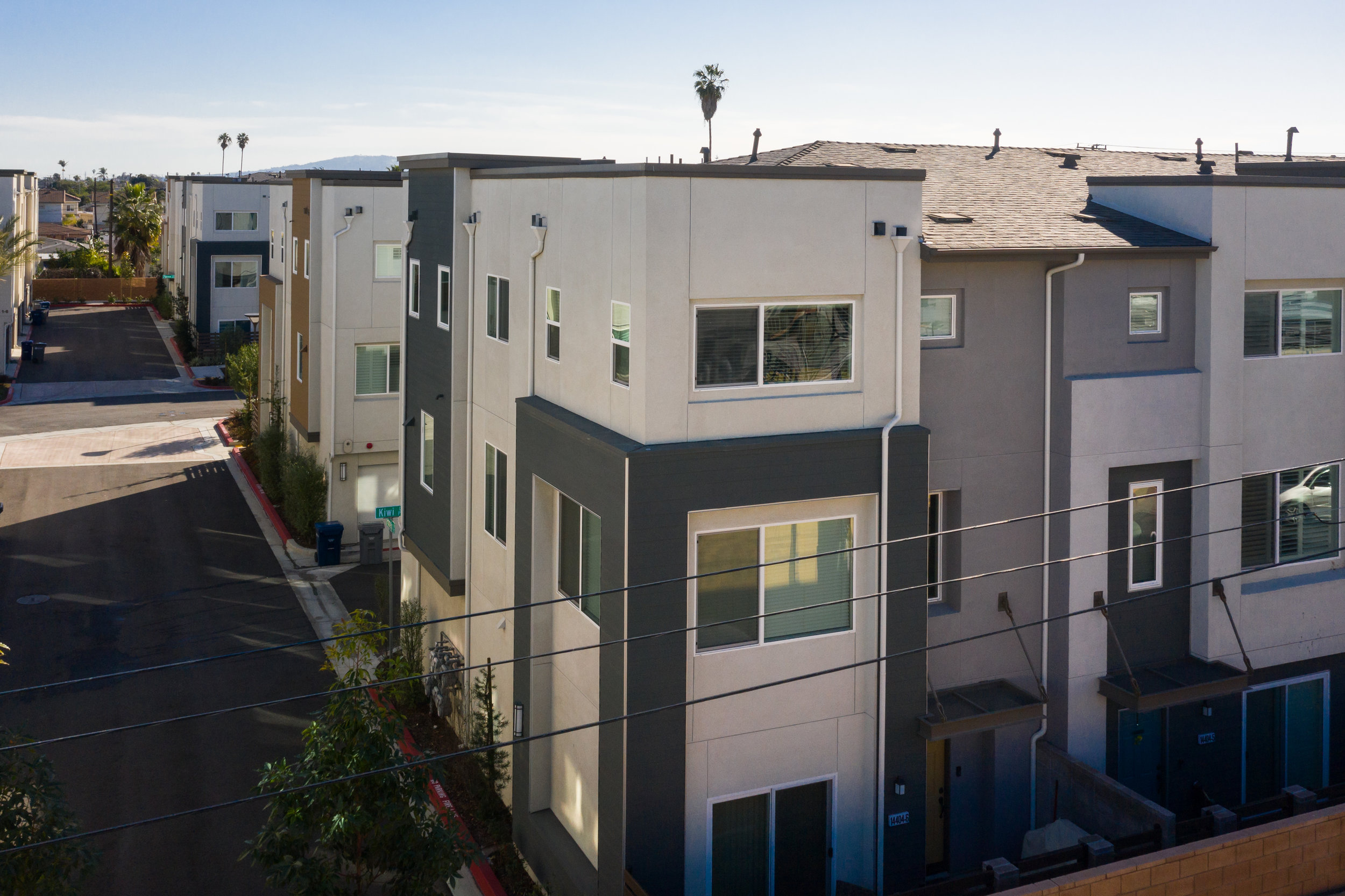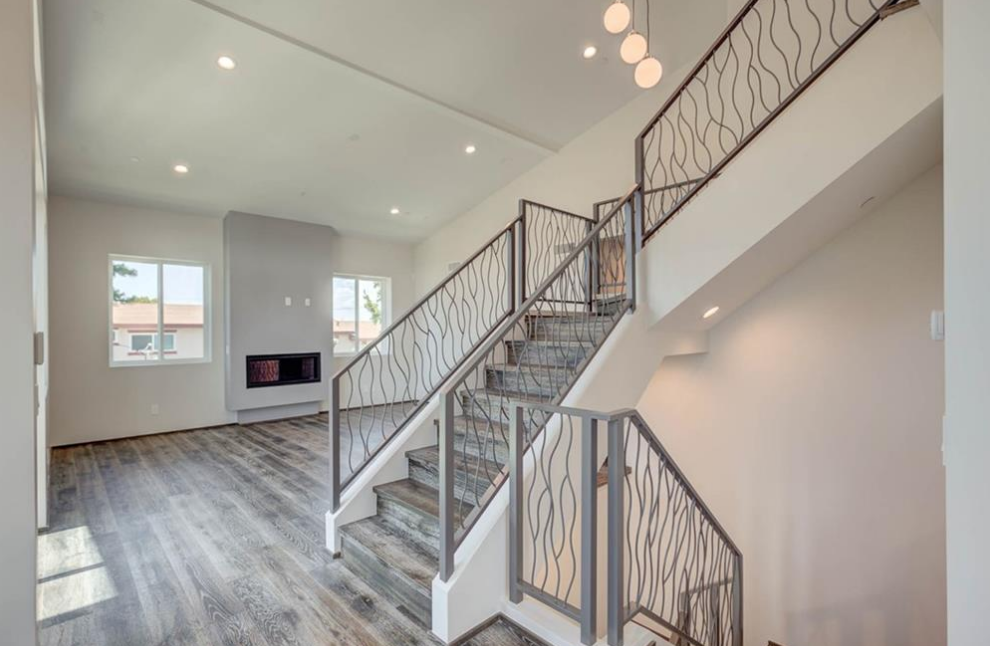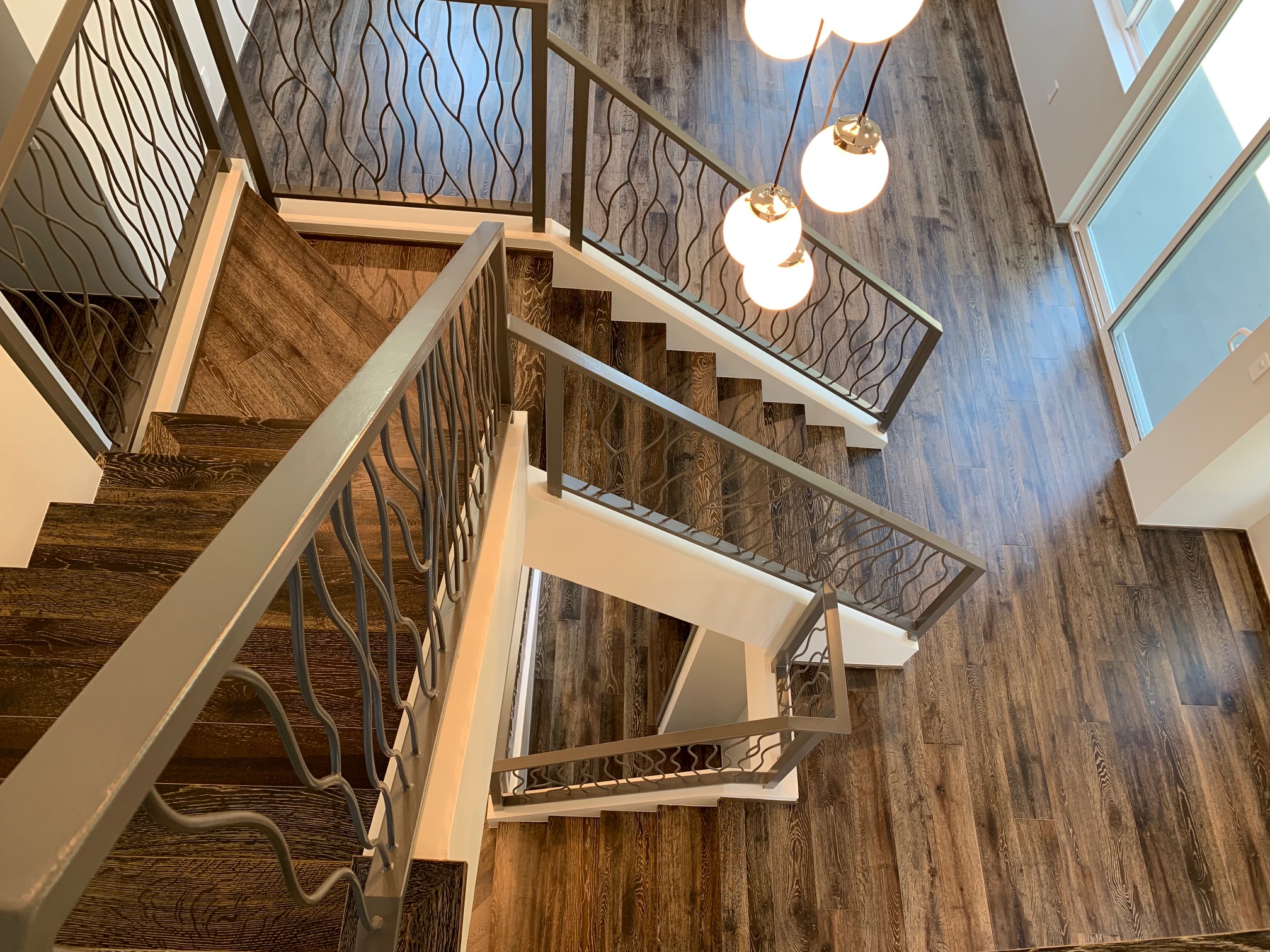Case Study: Buying When You Have to Sell
Almost every week I get a call from clients who have found a home they want to buy but unfortunately they have to sell their existing house first. Challenging, doable, and I have helped many people with exactly this situation.
There are a few reasons that you might have to sell first before you can buy. The first, and most obvious, is that you need the proceeds from your existing home in order to purchase the up-leg. The second reason is that even if you have the money for the down payment, you might need to clear the payment from your credit report in order to qualify. Or as most often happens, you have to satisfy both requirements: you need the money and won’t qualify for two mortgage payments.
So, how can you accomplish this?
Let me walk you through the traditional choices, a few creative options and then we’ll go for the case study.
WHAT IS A CONTINGENT SALE?
Wait, aren’t there always contingencies in the purchase contract? Yes, what I am referring to here are additional Buyer or Seller contingencies.
If your situation is one of the two I describe above, need the money or having to clear the debt from your credit file, then you can only make a contingent offer on the property you want to purchase. And, as might be expected, Sellers in general don’t like offers that are contingent on the sale of another property. Why? Just one more variable they have to deal with and one that is entirely out of their control.
If you are submitting an offer that is contingent on the sale of your current home, you will have to disclose that to the Seller of the property you want to buy.
To make matters more complicated, you can also sell your home contingent on finding the up-leg replacement property. I’m not a big fan of that because it might suppress the highest and best price you can get selling your home.
HOW DO I NOT MAKE A CONTINGENT OFFER?
Great question and I’m glad you asked. In fact, I will be discussing (almost) exactly this situation in my case study.
If you are 100% sure you are moving, simply list your house. List it at a very aggressive price so that you get multiple offers and then negotiate a “Residential Lease After Sale” (C.A.R. Form RLAS). That can allow you to stay in your current home for up to 59 days after the sale and you have your money. This option is not for the feint of heart and can add another layer of stress but it is the cleanest solution.
A close variation if you have the funds for the 3% earnest money deposit (EMD) on your purchase is to wait until your Buyer has removed all their contingencies, usually 17-21 days after offer acceptance, and then start making offers. Your offer will still technically be a contingent offer but there is a world of difference between a contingent offer that is scheduled to close and one that still requires you to find a Buyer for your home.
I have had many clients do exactly this, put their home on the market before they found one to buy, and no one has every wound up homeless. Maybe in a hotel for a week, but always a happy ending on the purchase side.
CREATIVE OPTIONS
To address this issue, some niche market lenders offer a variation of what we used to call a “bridge loan”. No that doesn’t mean you are buying the Golden Gate Bridge. It is simply a loan to “bridge you over”. Now these don’t come cheap and often the party making the bridge loan is looking to get your purchase loan as well. In fact, that is basically the only way to make that scenario work because they will factor into their qualifying calculations the bridge loan they made to you in a favorable way so as not to negatively affect your ratios.
Also to address this issue, the so called iBuyers have come along that will give you a quick cash offer for your home. It is always below market but they can be more flexible as to how long you can stay in your current home (at a cost, of course).
While not exactly what this post is about, if you don’t need the proceeds to move and are thinking of leasing, most lenders have very specific guidelines as to the “departing property”. In other words just because you may be getting $4,000 a month in rent, that doesn’t mean they will apply 100% of it to your qualifying rations. They will only use 75% of the rent you will receive. That’s a topic for another post.
LEASEBACKS
Not for the feint of heart as I stated but often this scenario plays out as follows.
When you are in the negotiating phase of your sale, hopefully with multiple offers, you work a “leaseback” into your contract. As mentioned above that can get you another 59 days in your home. For many doing a sale and purchase that is enough time to complete the two transactions. And, yes, this is where you say something like “Ellis, are you crazy? I can’t sell my house unless In know where I am going to move.” I get it. Not crazy, just telling you how it is done. And there’s always the hotel option for the short term.
CASE STUDY: 14404 Kiwi Ln Unit 6 Gardena to 2707 Rockefeller Ln Unit C Redondo Beach
I just helped client do exactly this scenario. Not the first time and I’m sure it won’t be the last.
My clients listed their 2 year old Townhome in Gardena not knowing what they were going to buy but being (relatively) certain it would be in North Redondo Beach.
When we received an offer, it was for less than a 21 day close. But it was very strong financially and my sellers really wanted to sell. But there was simply no way to make the move without some level of inconvenience. Here’s why.
As it turned out, of the 2 properties they were most interested in Buying, both new construction, one was not completed yet and the builder of the other would not accept a contingent offer.
So as it turned out, they had to complete the sale, out their furniture in storage and move to a hotel. But this was known going into it, not because they couldn’t find a place to Buy.
When we got the contingencies removed on the sale in Gardena, I was finally able to get their offer in Redondo accepted on the home they wanted. And that escrow closed in less than 30 days.
Sometimes this is the part of the price you have to pay to make the move. Other times, I can keep you in your departing home until you close on the new one.
Here’s the 2 properties. Can you tell which is which? (Hint, new construction is vacant.)
